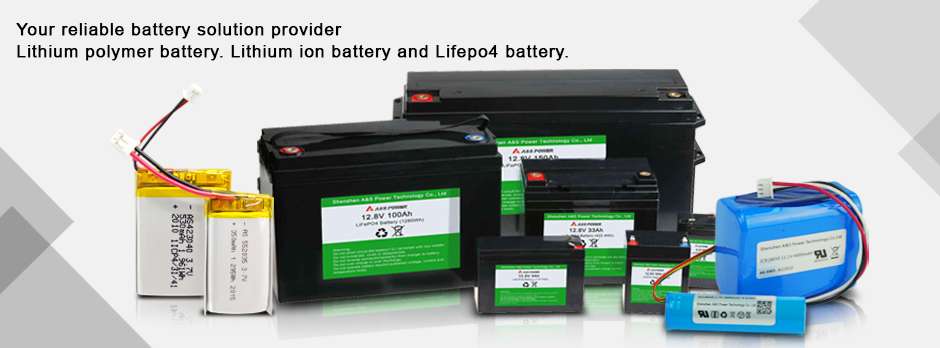How to Test Lithium-ion Battery With a Multimeter – Methods and Voltage
2021-07-15
How to Test Lithium-ion Battery With a Multimeter – Methods and Voltage
Batteries play a crucial part in our day-to-day activities, and the entire globe needs them. Therefore, it is always good to maintain the battery that you have to earn many benefits. The process of battery maintenance is simple, and everyone can manage it.
One of the main areas in battery maintenance is battery testing. It is the best way to know the battery's condition and diagnose significant causes of some battery failures. One of the devices that we use to test the battery is a multimeter.
A multimeter is an electronic device that can measure the current, voltage, and resistance. The multimeter is also known as voltage-ohm-milliammeter abbreviated as VOM. Two types of multimeters exist the analog multimeter that uses a moving pointer to display readings and a digital multimeter with an LED display that shows accurate readings.
The most commonly used multimeter is the digital one, which is easy to use, and you can take readings without any problem. It is good to test the battery at least once a month because it will help you know when the battery is weakening. Therefore, in this fantastic piece of writing, we will look at the process of testing a battery with a multimeter.
How to Test Lithium-ion Drill Battery With a Multimeter
The process of testing a battery with a multimeter is manageable, but you do not need to wait until your battery is almost dying for you to start rushing to tests. It is good to test a battery even when in an excellent condition to discover its normal condition and its abnormal condition.
The drill battery performs an important task, especially in areas without electricity. However, the cordless drill batteries wear out after some time, and they might need replacement. Damage to the battery can cause the battery's performance to deteriorate over time.
Therefore, before replacing the battery, it is important to test it with a multimeter. The process involved in testing lithium-ion drill battery is as follows:
Before testing the battery, it is important to plug the battery in and charge it for at least 45 minutes. When you are ready with your multimeter, unplug the battery.
Attach the multimeter probes to the positive and the negative battery terminals. When doing this, you need to be keen on the signs on the terminals. The multimeter's red probe must be connected to the positive terminal, while the black probe must be connected to the negative terminal.
After attaching the multimeter probes, monitor the multimeter's led display. The voltage indicator will show the battery's voltage at that time. A fully charged battery must indicate a slightly higher voltage than the voltage listed on the battery. For instance, a 12 volts battery will indicate about 12.6 volts when fully charged.
If you discover the voltage displayed on the multimeter is precisely the same as the listed rating or lower, you should be ready to replace your battery. It shows that the battery is on the verge of dying. However, you can take some measures to rejuvenate the battery. A rejuvenation will buy you time, but it will not factory reset the battery.
However, if the multimeter indicates a high voltage but the battery dies after a short period of charge, it is good to diagnose the battery for possible causes of the problem. It will be wise to take the battery to a tool repair shop for further testing and repair.
At what voltage is a lithium-ion battery dead?
Any battery that you purchase always deteriorates as time goes by due to reduced charging and discharging cycles. The battery's voltage reduces over time, and it reaches a point where you cannot use the battery for an extended period.
For a 3.4 V battery, the maximum voltage is usually 4.2 Volts, and this decreases with time to about 3.7 volts. The battery remains at 3.7 volts for a significant part of its lifespan. However, once the battery's voltage drops to 3.4 volts, the battery will be reaching its final destination. The battery will start showing signs that it is no longer of any service to you.
Once the battery hits 3.0 volts, the cutoff circuitry disconnects the battery. You will no longer charge or discharge the battery. Therefore, you can check the battery with a voltmeter or multimeter to know if it's dead or not. It is wise to replace the battery once you notice that the voltage is lower than the one listed on the battery by the manufacturer.











